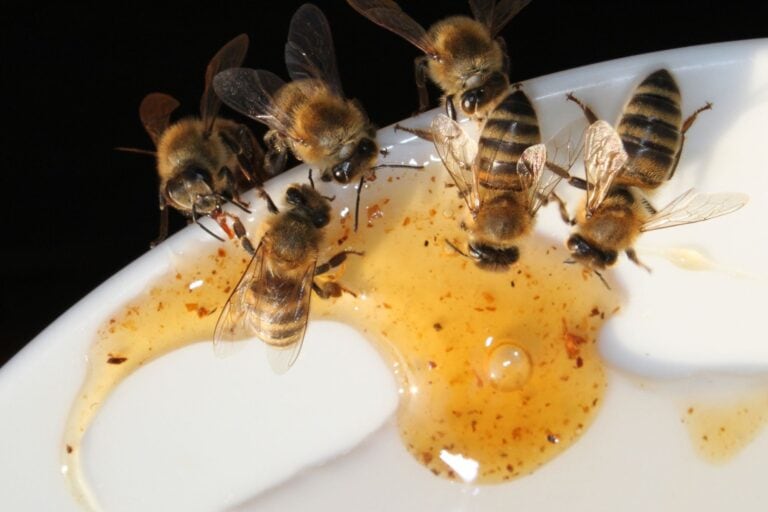Setting Up a Flow Hive in Melbourne: Part One
Setting Up a Flow Hive in Melbourne: Part One It’s been a long winter. But spring is on the way, and will be here sooner…
Setting Up a Flow Hive in Melbourne: Part One
It’s been a long winter. But spring is on the way, and will be here sooner than we know it. Soon these freezing Melbourne mornings will give way to blossoms and pollen and our mighty bee friends will make their way out of their long slumber and back into the world. With that glimmer at the end of winter’s seemingly endless tunnel, let’s talk about how to set up the slow hive you have ordered when it arrives at your house.
So, the package just arrived and it’s your bee house that will hold your new pets! You are so excited to be part of the amazing world of beekeeping as you know you will be helping the environment in your area and your fruit and vegetable garden will now have a bumper crop. Not to mention that if everything goes to plan you will have your very own honey directly from the tap to slather on your toast and sweeten your favorite meals.
But when it arrives you realise you might need a little bit of help to get things started. Keeping bees in Melbourne is very enjoyable and rewarding but as we have different seasons compared to Australia’s warmer, northern states we need to look after them differently. As our weather is cooler and limits foraging time for the bees, they may require more honey. On that note, remember the golden rule– bees make honey for themselves not for us! It is very important that you understand this as a beekeeper because a big part of you colony’s success depends on how much honey stores they have.
Therefore, you have probably gathered that the location of your bee hive in Melbourne or Victoria will affect the success of your colony; this is because the forage (or bee-friendly flowers) in your area may differ from other areas. This is why city-bees and suburban-bees actually thrive more than those in the country as they have easier access to a bigger range of food. Bees foraging radius is up to 5km, however we don’t want her to have to fly long distances, collecting food for her colony. Become aware of the flowers in your area and even take notes when specific trees and plants flower. Common eucalyptus trees have a very high amount of nectar but don’t always flower strongly each year. Being aware of the life of the plants around you in important, as there may be times when there is no food at all for your bees!
This is why I recommend that you run your flow hive as a double brood box and the honey super (or, main box) will go on top making the colony three boxes high. There are many reasons why I understand this to be the best set up, but having two brood boxes will, in theory, give you twice as many bees so you should get twice as much productivity. Having the extra room will also allow the bees to store their two vital food sources: honey and pollen. The extra honey stores will mean the bees have extra food if required during winter, but if there is a limited amount of honey stored towards the end of autumn, I recommend you give them a sugar supplement that should guarantee they make it into spring. In springtime the addition of my pollen candy will give them a great boost in population. Another important fact is that the two extra brood boxes will take the pressure off swarming as a congested colony will always, instinctually, want to swarm.

